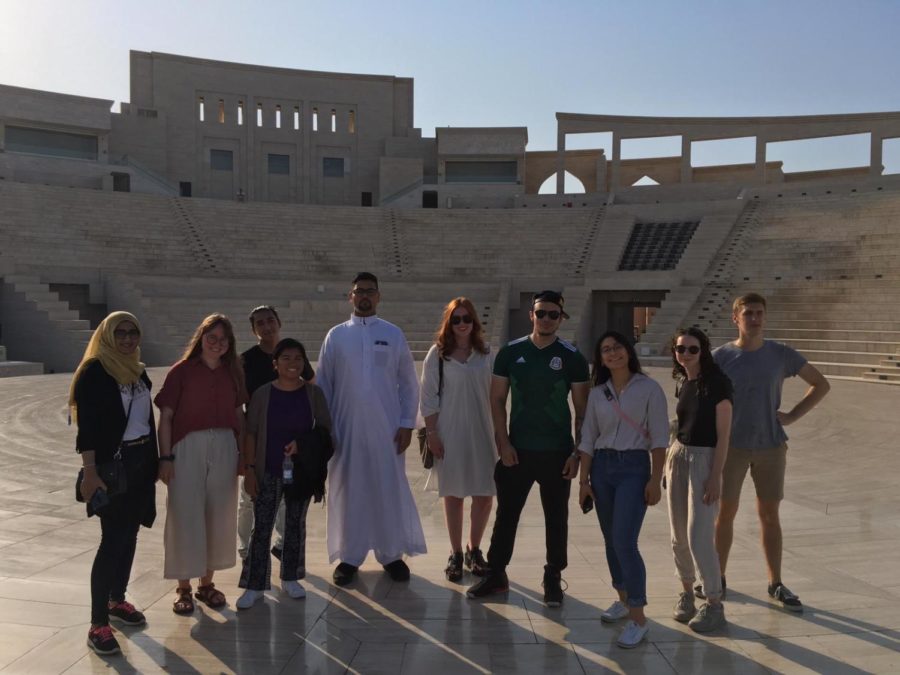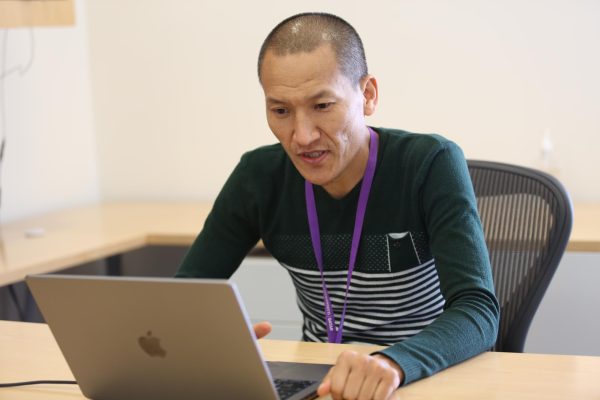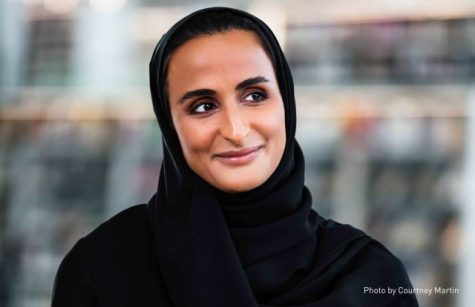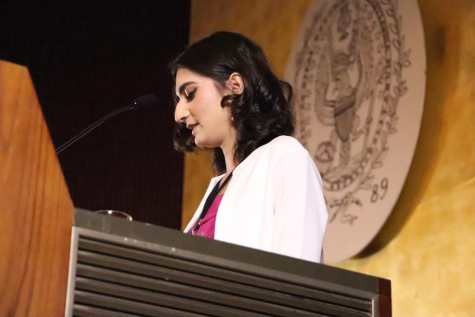The Lure of Study Abroad in Qatar
When Avery Marshall, a mechanical engineering junior at Texas A&M University, decided to study abroad, Doha was not a destination she considered.
“I knew nothing about this country. I didn’t even know geographically where it was,” said Marshall. The 21-year-old originally dreamt of spending her fall semester in Singapore. But after discovering that none of her course credits from Singapore would transfer, Marshall had to change her plans.
“In the end, I kind of got stuck,” she added, explaining that as an upperclassman, Texas A&M University at Qatar is the only destination that offers the high-level engineering credits she needs to graduate.
While Marshall’s decision to study abroad eventually led her to Qatar, the majority of American students who study abroad will not do so in the Middle East. According to the Institute of International Education, only 6,901 Americans, or 2.1 percent of all students from the United States who studied abroad during the 2016-2017 academic year, went to the Middle East or North Africa. Even among students at American universities with branch campuses in Education City, Qatar is an uncommon destination. There are only nine undergraduate students studying at their schools’ Doha-based campuses this fall semester.
Study abroad coordinators would like to see more students come to Qatar from their schools’ American campuses but are often unsure as to why there is so little interest in the first place.
“We’ve seen a shift from really high numbers to a decreasing trend,” said Colby Seay, the study abroad program coordinator at TAMU-Q. “We’re trying to get to the bottom of why that happened.”
While administrators are working to increase the numbers of main campus students who spend a semester in Qatar, their work is often tempered by a belief that Qatar will never be the most popular destination.
“I don’t think it’s ever going to be Barcelona or Paris … and that’s not necessarily what we’re going for,” said Erin Libby, manager of the Qatar Support Office at Northwestern University’s Evanston campus.
To explain the low interest in Qatar among study abroad students, administrators and students cited common American misconceptions about the region.
“The Middle East is always a tricky area,” said Erin Bishop, the academic affairs program administrator at Northwestern University in Qatar. “A lot of people who are uniformed or uneducated get intimidated by it, especially undergrads’ parents.”
LaKisha Tillman, manager of international education and student programming at Virginia Commonwealth University School of the Arts in Qatar, echoed this sentiment, adding that the portrayal of the Middle East in the American media makes students and their families hesitant about choosing to study abroad in Doha.
“People tried to stop me from coming,” revealed Marshall, who added that her relatives were concerned for her safety.
Kate Busatto, a 21-year-old senior from Carnegie Mellon University who is majoring in drama, is currently studying at Carnegie Mellon University in Qatar for a semester. She cited students’ study abroad priorities as a reason for the lack of interest in Qatar.
“People have this mindset that when you study abroad you go to Europe,” she said. “There’s this cultural phenomenon of going to France to drink for three months.”
While Qatar’s high tax on alcohol and drinking age of 21 may mean Education City will never be a study abroad party destination, Libby says Qatar will be a popular choice for students who want to take courses in their majors during their time abroad, an impossibility in many other programs.
“A Medill student can take enterprise reporting in Doha,” she explained.
Mohammad Muneeb, 20, a Texas A&M senior majoring in chemical engineering, emphasized the importance of TAMU-Q’s academic offerings in his decision to study abroad in Doha.
“Classes that you take here are basically the same classes you take back in College Station,” he said. “The credits transfer because it’s part of the A&M system.”
TAMU-Q was the only study abroad option that allowed him to fulfill the credits he needed to stay on track for his graduation date.
While administrators at NU-Q, TAMU-Q, and VCUarts Qatar all expressed an interest in increasing the number of students who visit Education City from their schools’ main campuses, they are approaching the problem in different ways. Libby said she believes the small size of NU-E’s Semester in Qatar program is a result of the program’s young age—the current cohort of exchange students is the sixth group NU-E has sent.
“[Semester in Qatar] is still gaining traction and getting its feet under it as a program,” she said.
While Libby said time and word of mouth will improve NU-E’s numbers, Tillman is looking for more immediate ways to increase participation in VCU’s exchange program.
“It’s going to take a really intentional media campaign to get students to come here,” she explained, adding that recruiting study abroad students from VCU’s Richmond campus is an urgent priority. Per VCU’s contract with Qatar Foundation, the school’s two campuses are required to run an equitable exchange, meaning that in a three-year period, VCUarts Qatar must send to the Richmond campus the same number of students that it hosts from there, too. Because of this policy, the small number of American exchange students has prevented many VCUarts Qatar students from travelling to the main campus.
Although TAMU-Q was not Marshall’s first choice for her semester abroad, she has enjoyed her time in Qatar. In fact, while administrators search for ways to boost their study abroad numbers, Marshall thinks being one of only few exchange students has its benefits.
“I think it’s special because there are so few of us,” she explained. “Everyone here knows me as College Station girl.”













